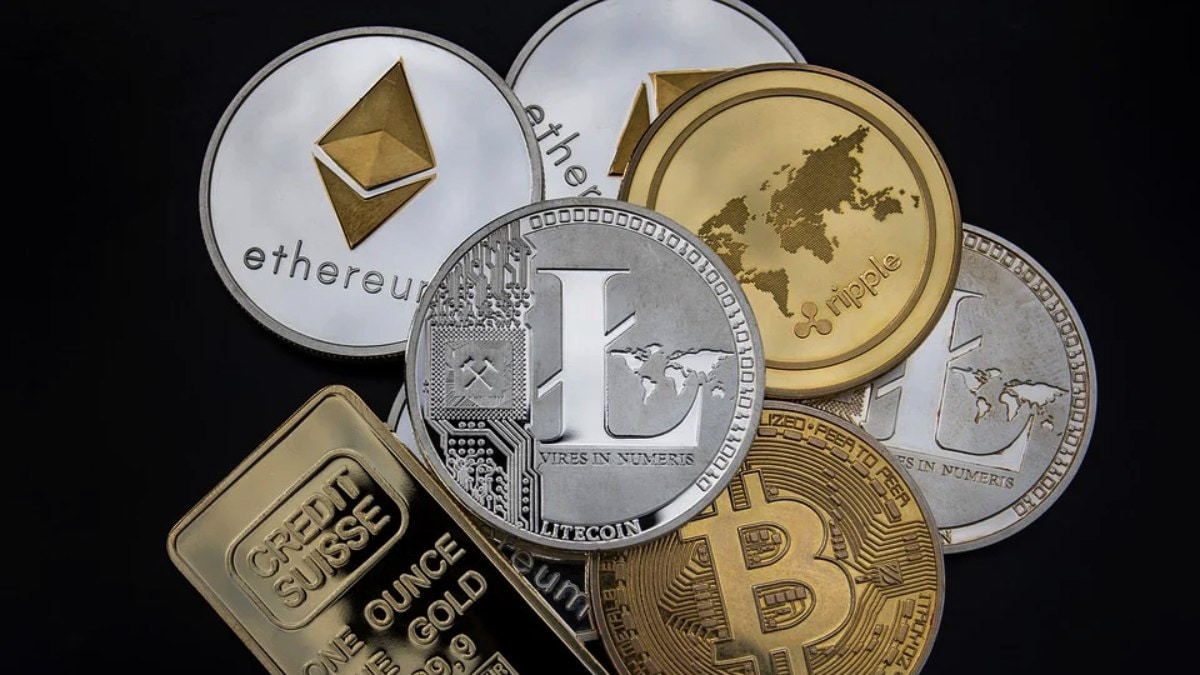India’s trials of its eRupee digital currency are already in its advanced phases, paving way for its widespread adoption and use in the coming months. In a fresh development, RBI governor Shaktikanta Das disclosed some more intricacies about the eRupee while also giving hints about what RBI has in plans for this CBDC in the near future. The Central Bank Digital Currency, or the CBDC is the digital representation of a fiat currency like Rupee, supported on blockchain networks.
Das was speaking at the BIS Innovation Summit 2024, in Basel, Switzerland when he said that India’s CBDC would offer the same privacy for transactions that cash notes offer.
“The basic principle is that CBDC can have the same degree of anonymity as cash, no more and no less. Anonymity can be addressed through legislation and/or through technology. For example, through permanent deletion of transactions,” media reports quoted Das as saying.
India launched its CBDC with a trial phase in November 2022. Since then, the eRupee has been tested continuously in retail environments, powered by multiple private and public sector banks operating in India. In recent months, banks like ICICI have increased promotions for the digital rupee.
People interested in experimenting with the eRupee can do so by reaching out to the official apps of their banks or by taking any needed assistance from their assigned bank relationship manager. They would essentially need to convert some of their money into the CBDC and store the eRupee in their digital wallets, provided by the banks.
The government of India has enabled interoperability of the CBDC with existing QR codes being used for UPI payments. Through this, CBDC holders can scan the code provided by merchants or peers and pay them in the form of eRupee.
As per Das, “The advantages of CBDCs will be more visible when we enable offline use and programmability features. A key objective of the pilots is to study the change in consumer behaviour vis-a-vis bank deposits. We need many more transactions to understand its wider economic effects, especially on monetary policy and the banking system.”
In February this year, the RBI had said that CBDC transactions brought in Rs. 5.70 crore in the first four months since it entered the retail trials phase in 2023.
Earlier in April, the RBI proposed expansion of the CBDC rollout within the retail ecosystem beyond banks. This essentially meant that the Apex bank had decided to start circulating the digital rupee through payment system operators who are not part of the banking system.
Das, earlier this year, had also revealed that the RBI plans to experiment with offline solutions to drive the adoption of CBDC in those parts of India that are not as well connected to the Internet as developed cities.





